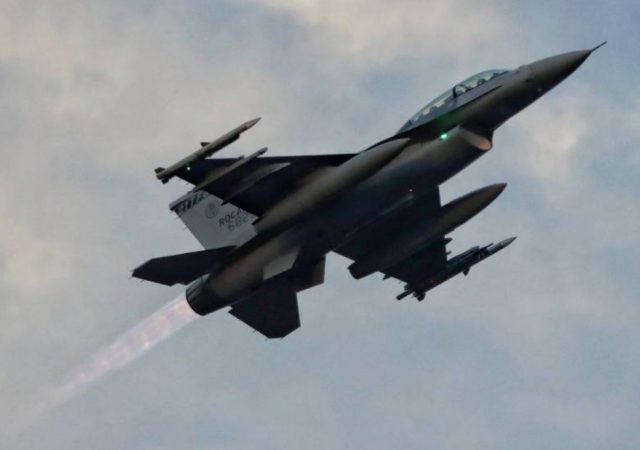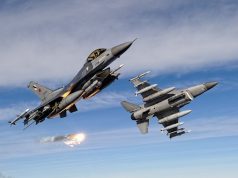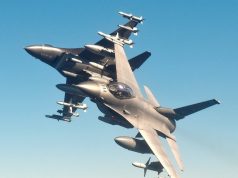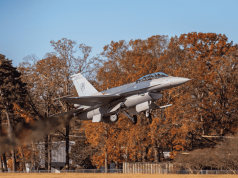After selling the AIM-120 Advanced Medium-Range Air-to-Air Missiles (AMRAAMs) to the Taiwanese Air Force in 2000, the US has finally allowed the island to test launch the missiles from their F-16V fighters.
The event on May 11 marked the first time the AMRAAMs were fired from the F-16s in Taiwanese airspace.
According to local reports, a formation of four F-16V fighters took off from the Chiayi Air Base with two fighters launching the missiles from their right wing tips.
While Taiwan’s defense ministry did not comment the test, reports say that all of the missiles hit the target aircraft successfully.
It is worth noting that Taiwanese pilots previously launched the missiles during training in the US.
The F-16V that fired the missiles are upgraded F-16A/B Block 20s. In addition to the 140 F-16 aircraft already in service, the country is also buying 66 new F-16V airframes.
Taiwan has around 200 AMRAAMs it acquired from the US in 2000. As the missile purchase was a controversial issue due to relations with mainland China, there were plans to keep Taiwan’s AMRAAMs in Guam until they were required for combat use. The US changed its stance in 2002 after China received new air-to-air missiles from Russia, allowing Taiwan to store the AMRAAM on the island.
AMRAAM is an air-to-air missile compatible with the US Air Force F-15, F-16, F-22, F-35 and Navy F/A-18 C-F, in addition to ally aircraft. It incorporates active radar with an inertial reference unit and micro-computer system, which makes the missile less dependent upon the fire-control system of the aircraft. The supersonic missile has a range of over 20 miles.
The Taiwan Air Force also has the French MBDA MICA air-to-air missile in its inventory, flown by Dassault Rafale built Mirage 2000s, as well as the locally-developed Tien Chien 2 Sky Sword missile employed by the locally-developed F-CK-1 Ching-Kuo multi-role fighters.



























